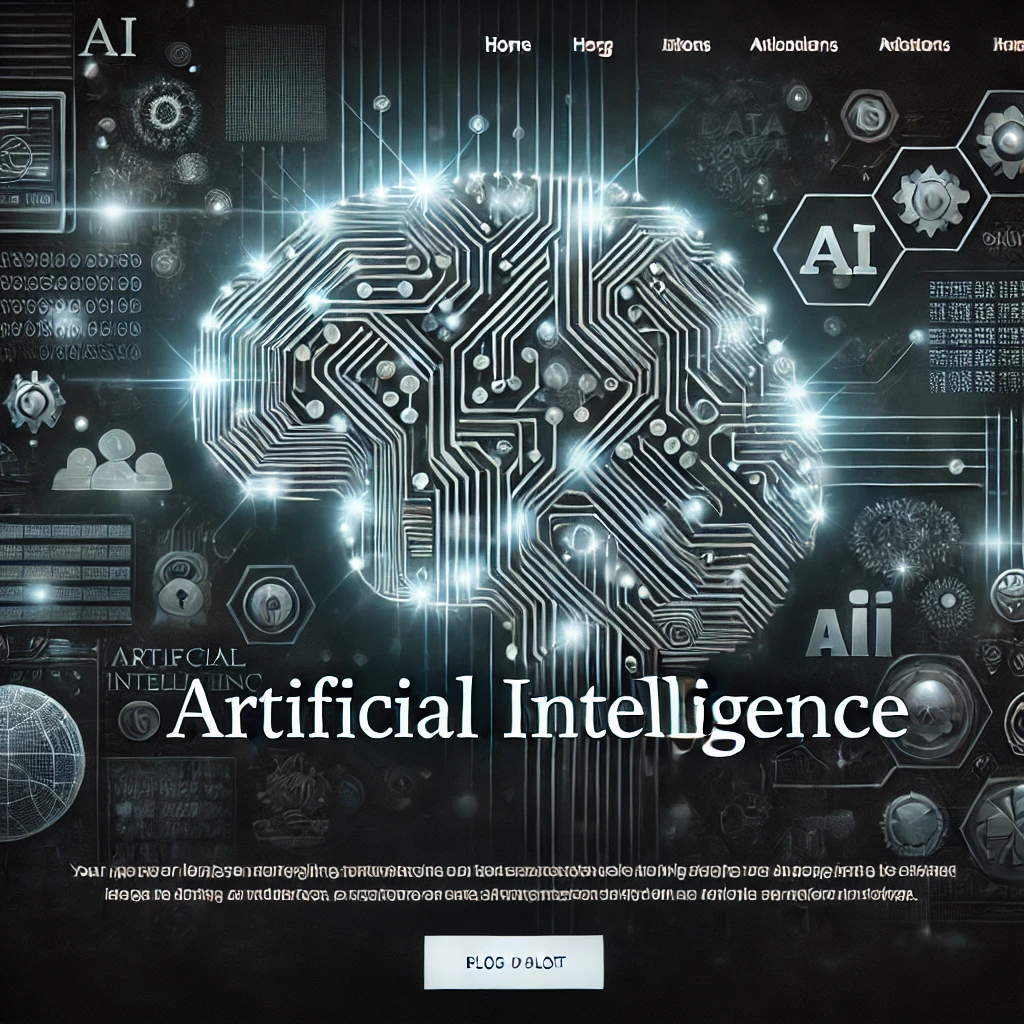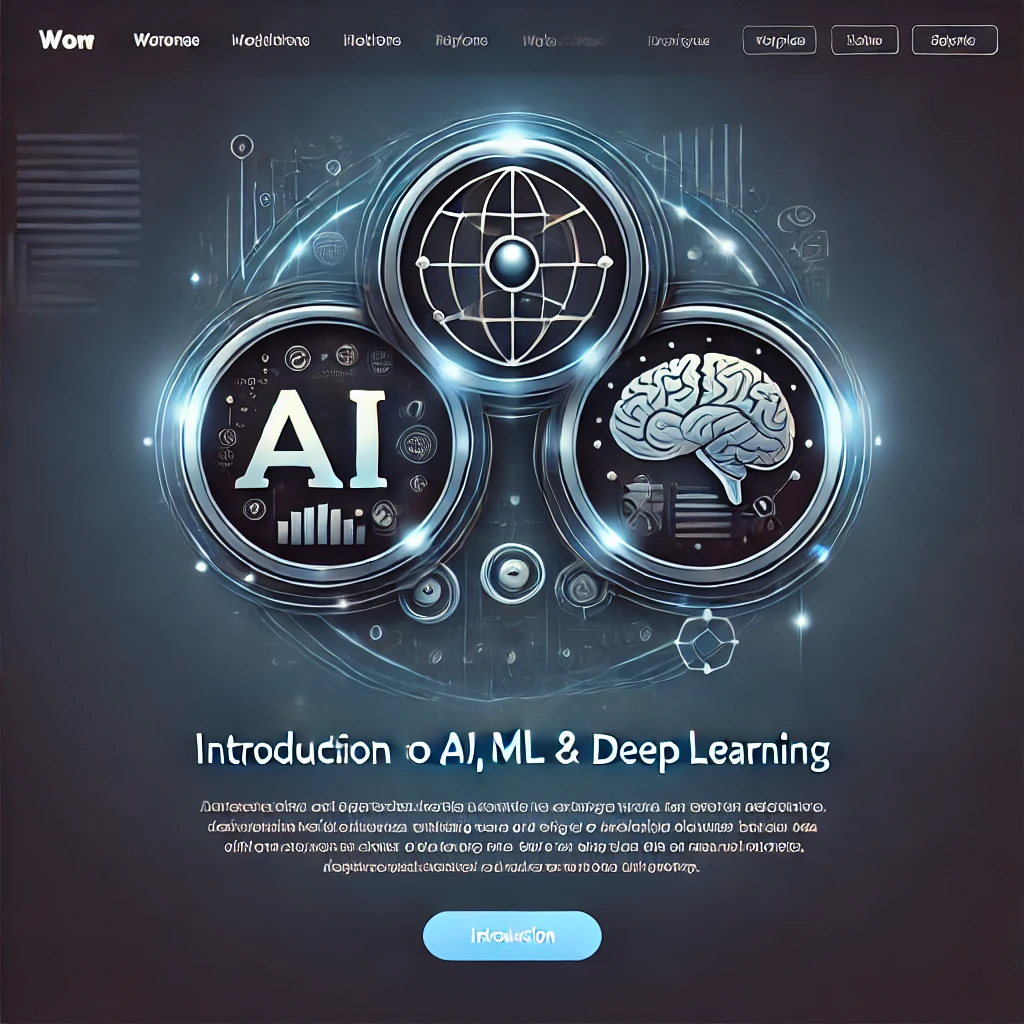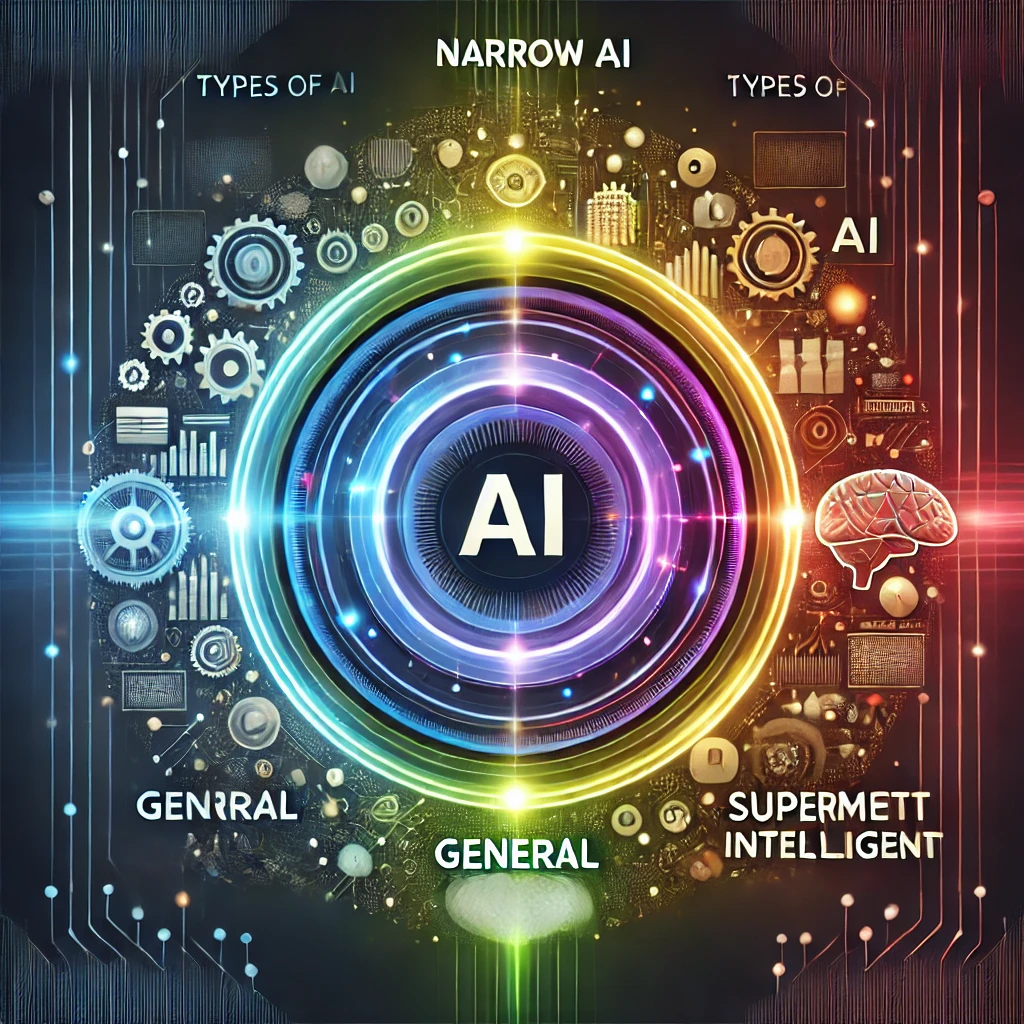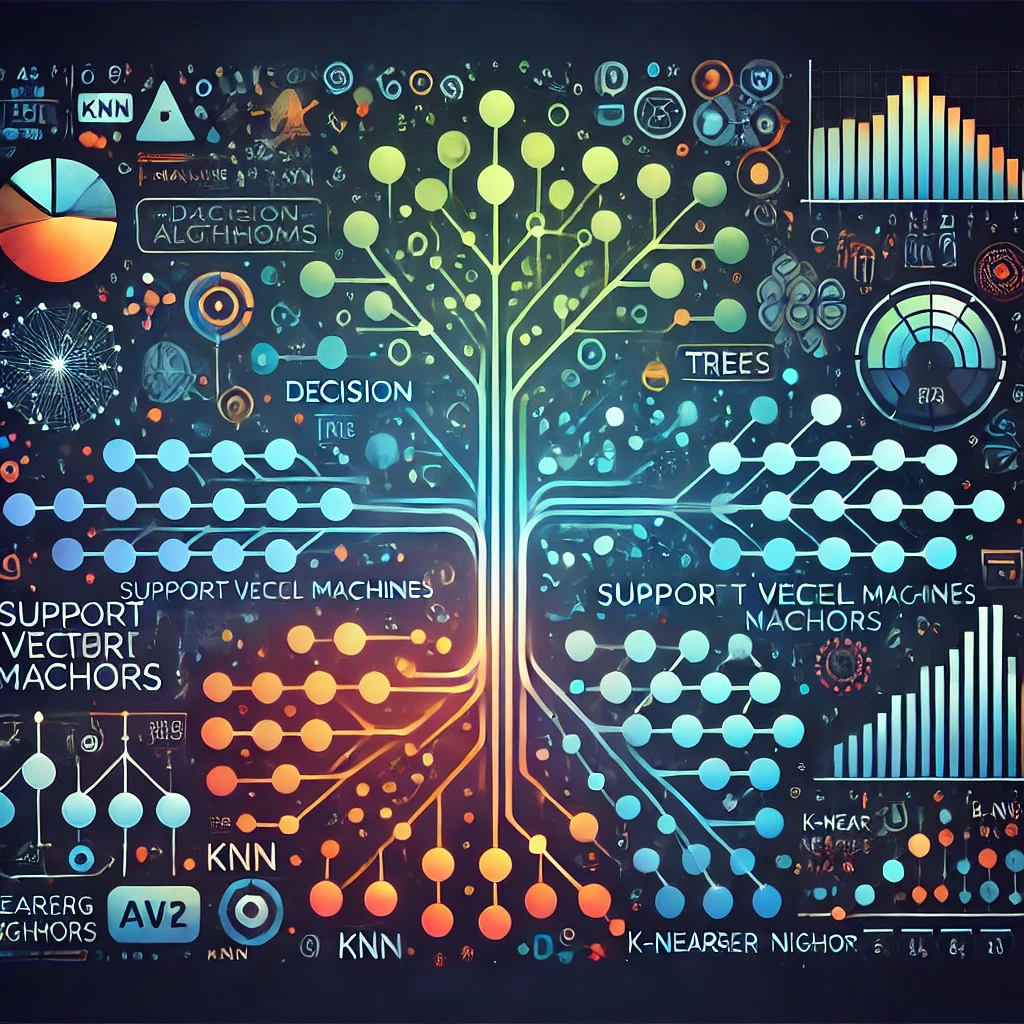AI and Autonomous Vehicles: Understanding Self-Driving Cars and the Technology Behind Them
The advent of artificial intelligence (AI) has revolutionized several industries, and the automotive sector is no exception. Self-driving cars, also known as autonomous vehicles, rely heavily on sophisticated algorithms, machine learning, and data analysis. This blog post delves into the intricacies of AI technology in self-driving cars, how these vehicles operate, and the future implications of this transformative technology.
What Are Autonomous Vehicles?
Autonomous vehicles (AVs) are cars or trucks that are capable of traveling without human input. These vehicles utilize a combination of hardware and software to navigate their environments. The classification of self-driving cars can be broken down into different levels of autonomy as defined by the National Highway Traffic Safety Administration (NHTSA):
- Level 0: No automation. The human driver is responsible for all aspects of driving.
- Level 1: Driver assistance. The vehicle may assist with steering or acceleration, but the human driver remains in control.
- Level 2: Partial automation. The vehicle can control both steering and acceleration, but a human driver must be present and monitor the environment.
- Level 3: Conditional automation. The vehicle can manage all driving tasks but requires human intervention in complex situations.
- Level 4: High automation. The vehicle can operate independently in specific conditions, such as urban environments.
- Level 5: Full automation. The vehicle is capable of performing all driving tasks regardless of the environment.
How AI Powers Autonomous Vehicles
The core technology behind self-driving cars involves a combination of machine learning, computer vision, and sensor fusion. Let’s explore each component:
1. Machine Learning
Machine learning algorithms allow autonomous vehicles to learn from data collected over time. This involves:
- Supervised Learning: Training algorithms on labeled datasets, such as images of pedestrians and stop signs.
- Unsupervised Learning: Identifying patterns in unlabeled data, allowing the vehicle to recognize unknown objects.
- Reinforcement Learning: Using trial and error to improve decision-making and navigation strategies.
2. Computer Vision
Computer vision enables the vehicle to interpret visual data from its surroundings. Key aspects of this technology include:
- Object detection: Identifying vehicles, pedestrians, cyclists, and road signs.
- Lane detection: Keeping the vehicle centered in its lane.
- Traffic light recognition: Understanding when to stop and go at intersections.
3. Sensor Fusion
Self-driving cars are equipped with a variety of sensors that collect data about their environment. Combining this data—through a process known as sensor fusion—ensures accurate decision-making. Common sensors used include:
- LIDAR: Uses laser beams to create a 3D map of the environment.
- Radar: Detects the speed and distance of other vehicles and obstacles.
- Cameras: Provide visual context and capture color information.
The Challenges of Autonomous Driving
While the technology has advanced significantly, there are still considerable challenges when it comes to fully autonomous vehicles:
- Safety: Ensuring the safety of passengers, pedestrians, and other road users is of utmost importance.
- Legal and Ethical Considerations: Questions about liability in the event of an accident and the ethical implications of allowing a machine to make life-and-death decisions remain unresolved.
- Infrastructure: Existing roads and urban planning must adapt to accommodate AVs, necessitating significant investment.
- Public Perception: Building trust in autonomous technology is essential for widespread adoption.
The Future of Autonomous Vehicles
The future of self-driving cars is promising, with ongoing investments and research. Some foreseeable developments include:
- Increased urban mobility and reduced traffic congestion.
- AI-powered fleet services, such as ride-sharing and package delivery.
- Enhanced safety features that can drastically reduce accident rates.
- Regulatory frameworks that address safety, liability, and insurance for autonomous driving.
Conclusion
AI and autonomous vehicles are redefining the automotive landscape. The complexity of the technology behind self-driving cars—from machine learning to sensor fusion—underscores the potential benefits and challenges of this innovation. As the technology continues to advance, it is imperative to address safety, legal, and ethical concerns to pave the way for a future where self-driving cars are part of our everyday lives.




